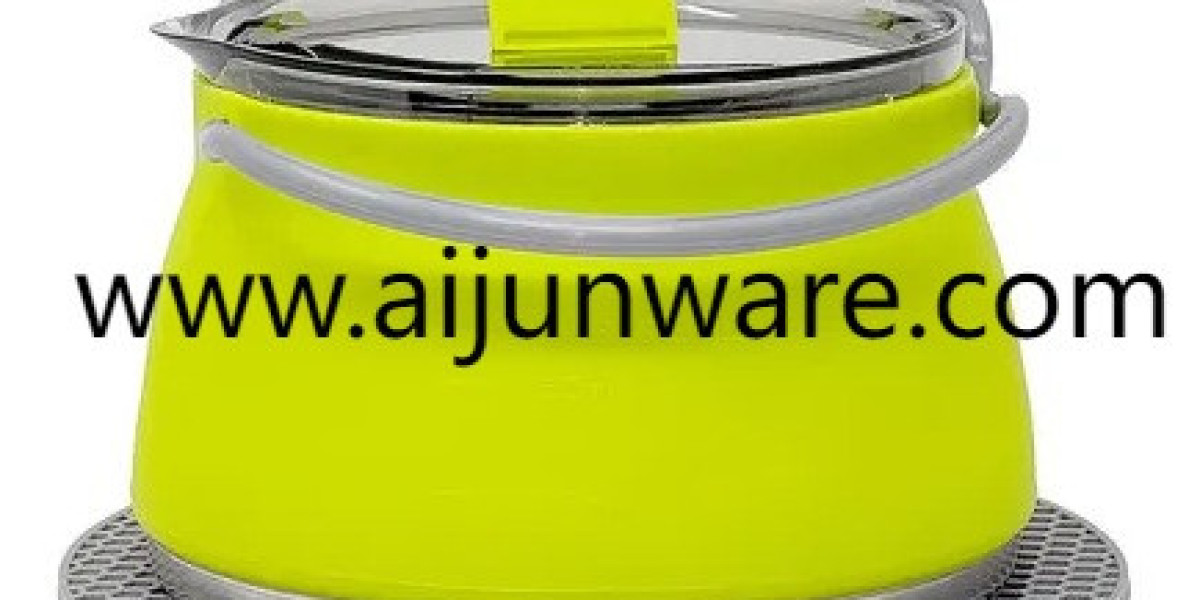When you head out with a trusty companion and a compact pack, choosing the right Camping Water Pot becomes a small but crucial decision that affects cooking speed weight and long term utility. Outdoor trends show more people returning to trails and backcountry routes which puts a spotlight on gear choices that balance performance with responsible use. Picking the right pot material matters whether you plan quick day outings or longer treks with a pet in tow.
Aluminum pots are popular because they warm quickly and weigh less than many alternatives. That rapid heat transfer makes boiling water and cooking simple meals faster when you want to move on down the trail. Aluminum does scratch more easily and can react with acidic foods which may affect flavor and surface finish. Lightweight aluminum sets suit short trips or hikers who count every ounce and who pair the pot with a wind screen and stable stove.
Stainless steel offers a different set of trade offs. It is more durable under rough handling and stands up well to scrubbing so cleaning after a greasy meal is simpler. Stainless resists chemical reaction with food so flavors stay neutral over time. The downside is extra weight and a slower heat response compared with aluminum which can mean longer fuel use and slightly longer waits for boiling. For car camping or group outings where resilience and cleaning ease are priorities stainless steel is a sensible choice.
Titanium sits at the other end of the spectrum. Extremely light and corrosion resistant it is prized by hikers who need to shave grams from a pack. Titanium does not transfer heat as fast so cooking times can lengthen and it tends to be pricier. That combination of light weight and high cost means titanium often suits ultralight trekkers or situations where corrosion resistance and minimal mass outweigh fuel efficiency.
Which material matches different trip styles matters in practical ways. For short day hikes where speed and low carry weight matter, aluminum often wins because you can boil water quickly and pack small. For longer multi night trips or travel where cookware may be used for family style meals and shared use, stainless steel gives longevity and simple maintenance. In cold season outings where you may need rapid melting or long simmering to warm a pet, a pot that holds heat and tolerates heavy handling usually fits better. In remote wilderness trips where weight is critical and resupply unlikely titanium can be the sensible choice even if cooking requires a little more patience.
Beyond scenario fit think about real world durability and repairability. Aluminum can dent and scratch but is often easy to patch for temporary fixes with simple wraps or replacement handles. Stainless steel resists dents and tolerates hard knocks better though when it does bend it may be harder to reform in the field. Titanium is rugged against corrosion but repairing a bent piece is not practical on trail so preservation matters.
Care and buying tips help pots last through many trips. Avoid leaving acidic foods in reactive metal pots for long to prevent surface degradation. Never heat an empty pot without liquid since dry heating can damage material finishes and warp shapes. Clean promptly and store dry to prevent residue buildup and odors. If a pot will be used to process water for pet or personal use consider pairing it with a compact filter to reduce sediment before boiling which eases cleaning and improves taste.
Match lid and handle design to use. A lid that doubles as a shallow bowl for a thirsty dog adds convenience while folding or tucking handles save space and reduce snag risks in a packed bag. Look for pots that nest with other cookware to reduce overall bulk in a pack and check how a pot perches on common stove types so you do not end up with instability at camp.
Practical storytelling from recent outdoor guidance underlines why picking the right pot is about more than raw specs. As trail access and wildfire safety guidance shape where and when people cook, a contained cooking setup and the right pot enhance safety and compliance with site rules. Choosing durable material that matches your travel style reduces the need to replace gear often and supports thoughtful outdoor habits.
To decide quickly ask yourself three questions What is the typical trip length How important is pack weight and how often will you cook heavy meals Answering these points creates a simple decision tree to guide whether aluminum stainless steel or titanium fits your needs and budget. If you want to browse pots that pair well with compact stoves and nesting cookware check the outdoor cookware selection at www.aijunware.com/product/ where you can compare mouth shape handle types and material choices to match your next route and cooking plans.


